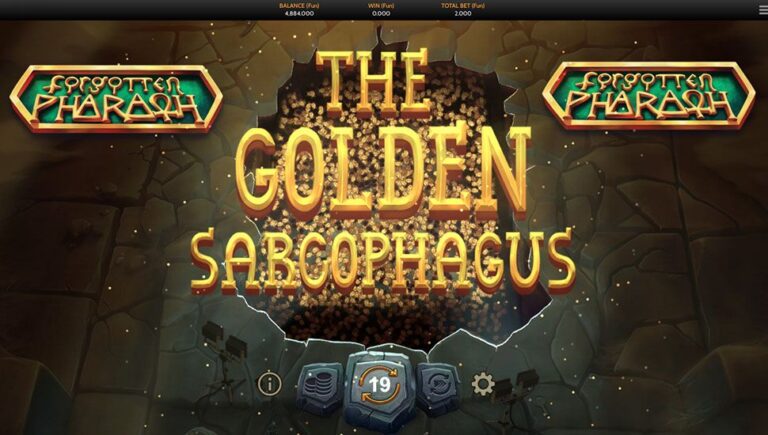
The Witcher Tales
Moreover, unlocking these secrets can result in tangible rewards, offering players an incentive to seek out knowledge beyond the surface-level storyline. Discovering hidden artifacts or completing optional quests tied to these secrets might provide players with unique advantages in combat or enhance their strategic options. This rewarding cycle of exploration and discovery creates an enriching gameplay loop that leaves players wanting to delve deeper into the enigmatic lore of the Witcher universe fun88.
Gameplay Mechanics and Strategy The Witcher Tales
The gameplay mechanics of The Witcher Tales represent a departure from traditional action RPGs, emphasizing strategic thinking and decision-making over real-time combat. This design choice ensures that players engage with the narrative on a deeper level while still facing challenging scenarios.
Card-based combat and decision-making system
At the forefront of The Witcher Tales is its innovative card-based system, which forms the backbone of both gameplay and narrative interaction. Players collect and utilize cards representing characters, abilities, and resources throughout their journey, crafting a personalized deck to face challenges ahead.
Combat encounters rely on strategic use of these cards. Each card possesses distinct attributes and effects, demanding players devise tactics that encompass offense, defense, and support. This layer of strategy allows for diverse approaches to battles, as players can tailor their decks to suit their play style and the challenges they anticipate.
Furthermore, cards used in decision-making situations introduce an additional layer of complexity. Players must navigate difficult moral choices while managing the limited resources available to them. This duality creates a unique tension—the stakes are high, and the potential consequences of any choice can dramatically influence both the narrative and the outcome of future encounters.
Tactical depth and best strategies for success
To thrive in the dynamic world of The Witcher Tales, players must embrace tactical depth and adapt their strategies according to the evolving challenges they face. A comprehensive understanding of the strengths and weaknesses of each card becomes essential, enabling players to create highly effective combinations that capitalize on opponents’ vulnerabilities.
Players should also pay close attention to the thematic elements of each tale. Certain narratives may focus more on moral dilemmas, while others emphasize combat prowess. Adapting your strategy to align with the goals of the current tale can yield significant rewards—both in terms of narrative satisfaction and practical benefits in gameplay.
Additionally, players should regularly reassess their decks, curating them based on newfound knowledge gained throughout their journeys. This ongoing evolution allows players to experiment with various strategies while maintaining fresh engagement with the gameplay mechanics.
Comparisons to other RPG and card-based games
When examining the mechanics of The Witcher Tales, comparisons to other RPG and card-based games inevitably arise. Titles like Slay the Spire and Hearthstone showcase similar card mechanics; however, The Witcher Tales distinguishes itself through its strong narrative integration.
Unlike many card-based games that prioritize competitive play and asynchronous battles, The Witcher Tales emphasizes the storytelling aspect. Players become immersed in character arcs and moral dilemmas, experiencing a more profound emotional connection to the narrative than simply achieving victory through card play alone.



